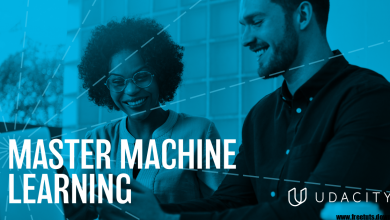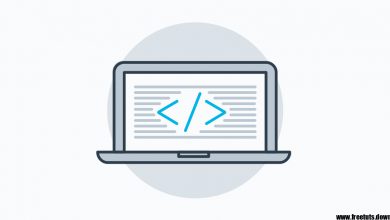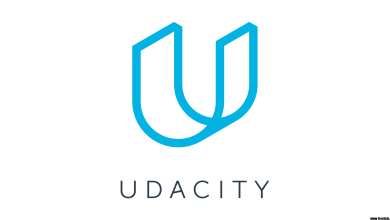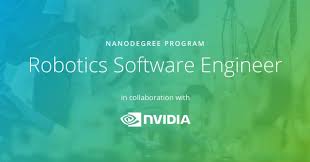Machine Learning Engineer Nanodegree
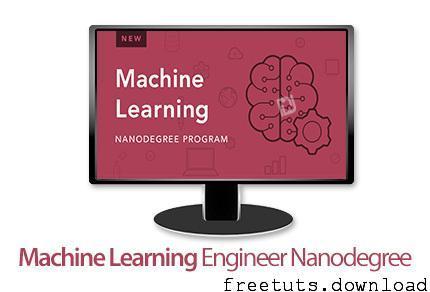
Download Tutorial Machine Learning Engineer Nanodegree
Machine learning is a key evolution in computer science, data analysis, software engineering, and artificial intelligence.
This program will teach you how to become a machine learning engineer and apply predictive models to massive data sets in fields like finance, healthcare, education, and more.
Nanodegree Program Syllabus:
Project
P0: Titanic Survival Exploration
In this optional project, you will create decision functions that attempt to predict survival outcomes from the 1912 Titanic disaster based on the characteristics of each passenger, such as sex and age. You will start with a simple algorithm and increase its complexity until you are able to accurately predict outcomes for at least 80% of the passengers in the provided data. This project will introduce you to some of the concepts of machine learning as you start the Nanodegree program.
Project
P1: Predicting Boston Housing Prices
The Boston housing market is highly competitive, and you want to be the best real estate agent in the area. To compete with your peers, you decide to use some basic machine learning concepts to help you and your client find the best selling price for their home. Luckily, you’ve come across the Boston Housing Dataset which contains aggregated data on various features for homes in Greater Boston communities, including the median value of homes for each of these areas. Your task is to build an optimal model based on a statistical analysis with tools available. This will then be used to estimate the best selling price for your client’s home.
Project
P2: Build a Student Intervention System
A local school district has a goal to reach the 95% graduation rate by the end of the decade, identifying students who need intervention before they drop out of school. As a software engineer contacted by the school district, your task is to model the factors that predict how likely a student will pass their high school final exam by constructing an intervention system that leverages supervised learning techniques. The board of supervisors has asked that you find the most effective model that uses the least amount of computing costs to save on the budget. You will need to analyze the data set for student performance and develop a model that will predict the probability that a particular student will pass, quantifying whether intervention is necessary.
Project
P3: Creating Customer Segments
A wholesale distributor recently tested a change to their delivery method for some customers, by moving from a morning delivery service five days a week to a cheaper evening delivery service three days a week. Initial testing did not detect any significant unsatisfactory results, so they implemented the cheaper option for all customers. Almost immediately, the distributor began to receive complaints about the delivery service change, and customers were canceling deliveries – losing the distributor more money than they were saved. You’ve been hired by the wholesale distributor to find out what types of customers they have to help them make better, more informed business decisions in the future. Your task is to use unsupervised learning techniques to see if there are any similarities between customers,
Project
P4: Train a Smartcab to Drive
In the not-so-distant future, tax collectors across the United States no longer employ human drivers to operate their fleet of vehicles. Instead, the tax collectors are operated by self-driving agents – known as smartcabs – for transporting people from one location to another within the cities that these companies operate. In major metropolitan areas such as Chicago, New York City, and San Francisco, a growing number of people have come to rely on smartcabs to get to where they need to go as safely and effectively as possible. Although smartcabs have become the transport of choice, there has been a concern that a self-driving agent may not be as safe or efficient as human drivers, especially when considering city luminous lights and other vehicles. To overcome these concerns,
Project
P5: Capstone Project
In this capstone project, you will leverage what you’ve learned throughout the Nanodegree program to solve a problem of your choice by applying machine learning algorithms and techniques. You will first define the problem you want to solve and investigate potential solutions and performance metrics. Next, you will analyze the problem through visualizations and data exploration to have a better understanding of what algorithms and features are appropriate for solving it.
You then implement your algorithms and metrics of choice, documenting the preprocessing, refinement, and postprocessing steps along the way. Afterwards, you will collect results about the performance of the models used, visualize significant quantities, and validate / justify these values. Finally, you will build conclusions about your results, and discuss whether your implementation adequately solves the problem.
Project
Resume Review
In this project, you will update your resume according to the conventions that recruiters expect and get tips on how best to represent themselves to pass the “6 second screen.” You will also make sure that your resume is appropriately targeted for the job you are applying for. We recommend all students update their resumes to show off their newly acquired skills, regardless of whether you are looking for a new job soon.
Project
Technical Interview Practice
For this project, you will be given five technical interviewing questions on a variety of topics discussed in the technical interviewing course. You should write a clean and efficient answer in Python, as well as a text explanation of your code and your design choices. A qualified reviewer will look over your answer and give you feedback on anything that might be awesome or missing-is your solution the most efficient one possible? Are you doing a good job of explaining your thoughts? Is your code elegant and easy to read?
Why Take This Nanodegree Program?
This program will equip you with key skills that will prepare you to complete roles with companies seeking machine learning experts (or introduce their machine learning techniques to their organizations). Machine learning is literally everywhere, and it’s often at work, even when we do not realize it. Google Translate, Siri, and Facebook News Feeds are just a few popular examples of machine learning’s omnipresence. The ability to develop machines and systems that automatically improve, puts machine learning at the absolute front of virtually any field that relies on data.
Screenshot Tutorials/Courses
Download Tutorials/Courses
https://drive.google.com/open?id=1NX4kKuyXUQnyhcb8vU55N4sx2UrTJroG
https://uptobox.com/zmj6cxxjmhcs
https://campuen-my.sharepoint.com/:u:/g/personal/qedi004_365office_site/ETi9QlPw4xBCjQ0r39uB2GoBQnjeSnBrtdH1Ef8F3hvSEA
https://mshare.io/file/6DNmMgAR
